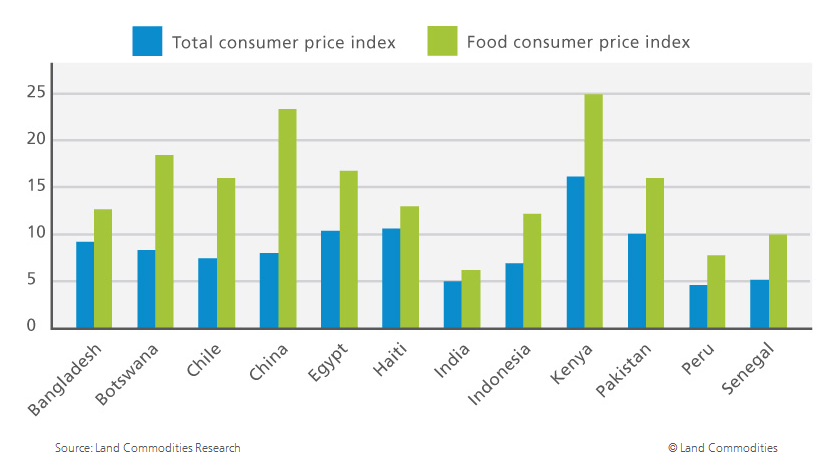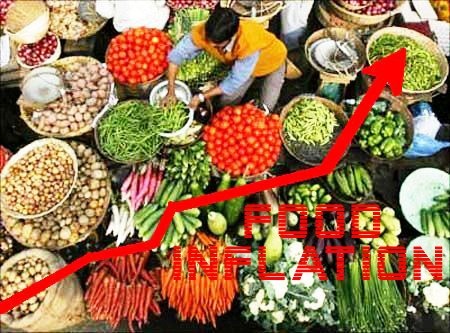Investing for Food Inflation Consider Commodities Futures Suppliers
Post on: 18 Июнь, 2015 No Comment

Part 1 is available here . Part 1 of this series covers my individual case study on inflation of grocery items over a year, and compares it to the BLS inflation number. Based upon that case study, I have prepared Part 2 of this series to discuss potential investments that take advantage of items you will buy every day.
Grocer Stocks
From an investors perspective, how do we take advantage of rising inflation in grocery items? There are some obvious ways that I will get to. But first, I want to discuss ways in which to avoid investment risk.
It has been well documented that the grocery segment is currently taking a beating, leading one analyst to stay completely out of the segment until he sees improving operating margins. Again, the poorness of margins, the A&P bankruptcy. and Kroger (NYSE:KR ) / Safeway (NYSE:SWY ) profit issues paint a big red stop sign on grocer stocks.
Grocers have not been able to pass food inflation fully to their customers, and most currently suffer from heavy debt. Consolidation isnt an option for many of these companies.
Wal Mart (NYSE:WMT ), Target (NYSE:TGT ) and Costco (NASDAQ:COST ) may be waiting in the wings to absorb a failing grocer, but I would recommend caution here. In an industry where margins are falling, merging healthy and poor companies can poison the host. The mortgage industry is an excellent example of this. Do we want to invest in a company where 51% of domestic revenues come in grocery, such as Wal Mart?

Wal Mart could attempt to stock more supply to mitigate price increases, but they are not set up with enough storage space to hedge prices for extended periods of time. The company’s other option is to accept reduced margins, raise prices, or increase efficiency in the supply chain. In the end, if prices are inflating strongly and continuously, those costs will eventually have to be passed on to the consumer in the form of higher prices, regardless ofhow much more efficiency Walmart squeezes out of its supply chain.
Target has higher operating margins than the industry average, but its profit is only 4%. They cannot exactly absorb continuously rising costs, and they may be overleveraged .
Costco makes 1.7% off of $77 billion in sales. They have pretty razor thin profit margin already. Total current assets are higher than total current liabilities, but about half of assets are inventories. If sales slow and margins decrease, that could become a cash flow problem for Costco in the future.














